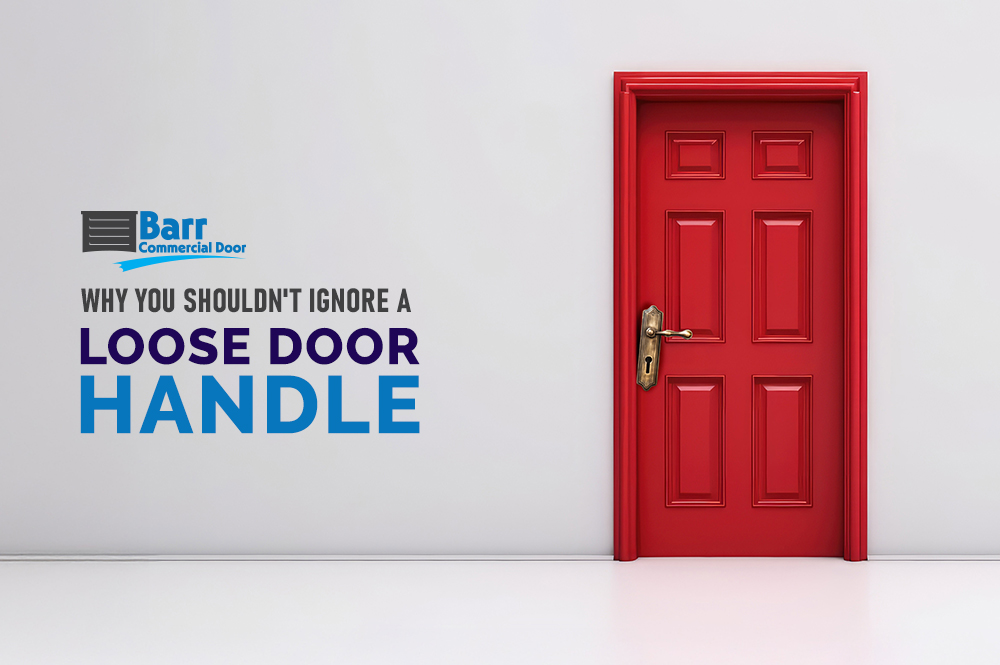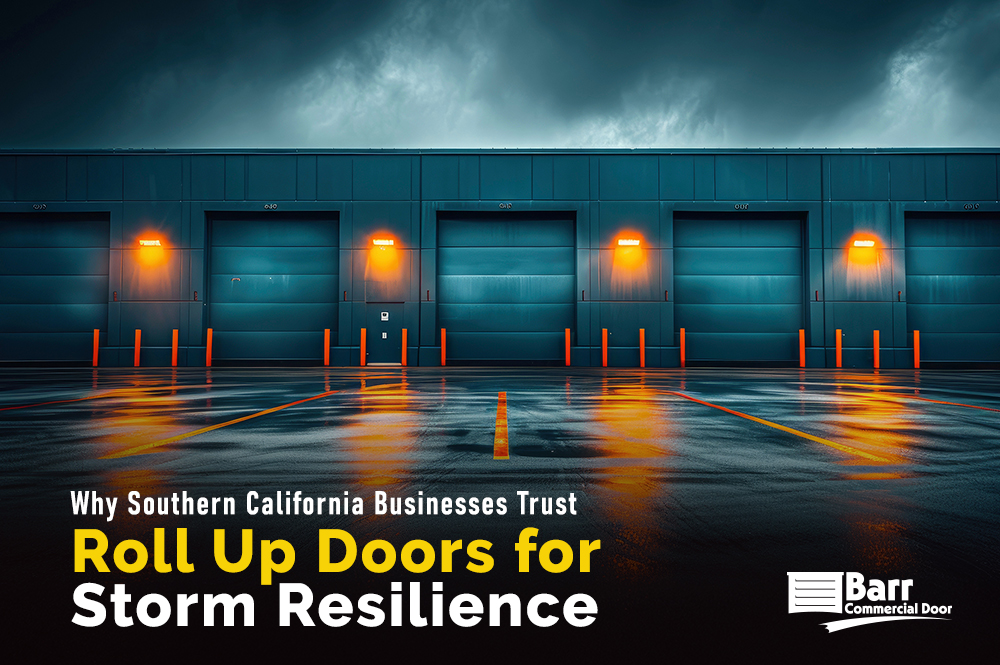Overview: Not sure whether to choose saloon doors or swinging doors? Learn the key differences, pros and cons, and best applications for your facility. Expert tips from Barr Commercial Door. Read on!
When choosing doors for commercial or industrial spaces, style often takes a backseat to function — but that doesn’t mean aesthetics, access, and efficiency can’t coexist. Two popular options that often come up in open-access environments are saloon doors and swinging doors. While they may seem similar at a glance, they serve very different purposes and come with distinct advantages.
Whether you’re upgrading a restaurant kitchen, outfitting a retail stockroom, or remodeling a healthcare facility, understanding the differences between these two types of doors can help you make a smart, code-compliant decision.
What Are Saloon Doors?
Saloon doors, sometimes called batwing doors, are most commonly recognized by their half-height design and double-action swing. Typically seen in Western-style bars or themed restaurants, they swing in both directions and return to center automatically with spring-loaded hinges.
They provide minimal separation — offering a visual barrier without obstructing airflow or requiring hands to open — making them ideal for low-traffic areas that prioritize convenience and design over durability.
Where saloon doors work best:
-
Coffee shops, cafes, or themed restaurants
-
Residential-style breakrooms
-
Light-duty retail spaces with a casual aesthetic
However, saloon doors are not suitable for areas requiring full privacy, temperature control, or compliance with fire or accessibility codes. They do not extend from floor to ceiling and offer little in terms of sound insulation or security.
>> Related Reading: The History and Functions of Saloon Doors
What Are Swinging Doors?
Swinging doors, on the other hand, are full-height doors that swing in both directions — designed for heavy-duty, high-traffic commercial applications. These doors come in a variety of materials, such as stainless steel, wood, impact-resistant plastic, and insulated cores, and they’re often equipped with vision panels, ADA-compliant handles, and code-rated hardware.
Unlike saloon doors, swinging doors can be customized for durability, hygiene, and regulatory compliance, making them a mainstay in sectors like healthcare, food service, manufacturing, and logistics.
Where swinging doors are commonly used:
-
Hospital corridors and cleanrooms
-
Restaurant kitchens and grocery stockrooms
-
Warehouses and cold storage areas
Swinging doors can be built to meet fire-rating standards, ADA accessibility guidelines, and impact-resistance requirements, offering long-term value and consistent performance in mission-critical spaces.
Here’s a quick guide on >> Pros and Cons of Swinging Doors that’ll be helpful!
So, What’s the Real Difference?
The biggest distinction lies in functionality and durability. Saloon doors are more about aesthetic and ease of movement in low-demand settings. Swinging doors, in contrast, are engineered for environments where safety, sanitation, durability, and regulation compliance are essential.
Saloon doors are visually open, informal, and light-duty. Swinging doors are performance-driven, secure, and professionally installed for precision and longevity.
Which One Is Better for Your Facility?
If your goal is to add flair or simple convenience in a casual space, saloon doors might be a quick and cost-effective choice. But if you’re managing a high-traffic, code-regulated environment, swinging doors are the clear winner. They offer better value, protect operations, and ensure compliance with local safety standards.
At Barr Commercial Door, we recommend swinging doors for most commercial and industrial settings due to their superior durability, customizable features, and code-compliance capabilities. From automatic return hardware to vision lines and seal kits, these doors can be tailored to your facility’s specific demands.
Need more specifics? Feel free to reach out to us for quick consultation. We’re just a call away!


